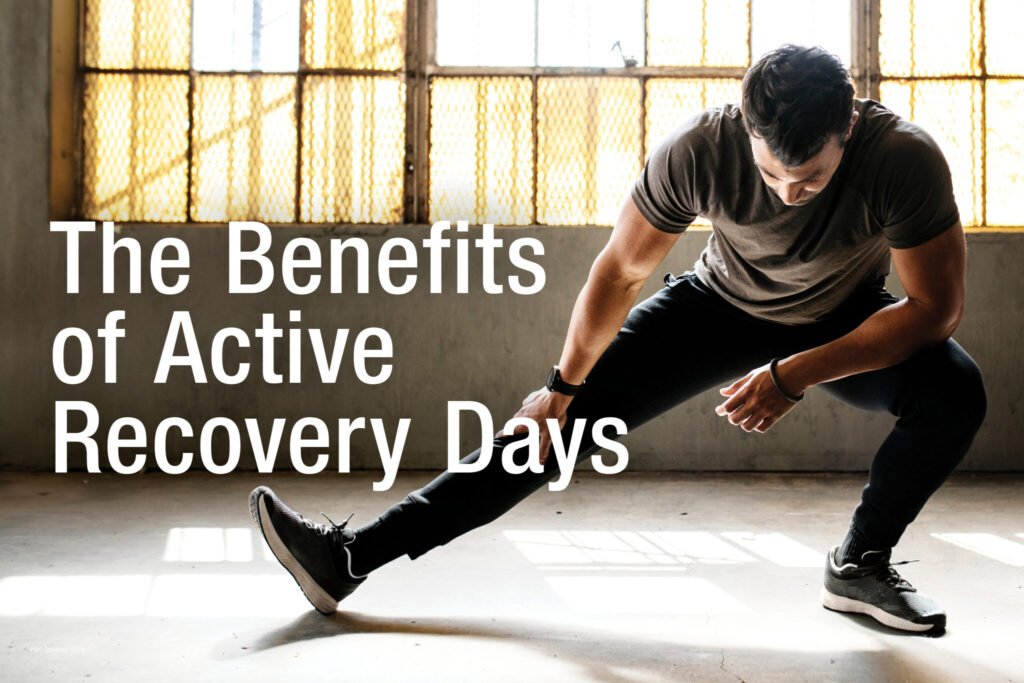
What Is Active Recovery?
The Power of Active Recovery: A Game Changer for Fitness Enthusiasts
Ever felt worn out after an intense workout? You’re definitely not alone! Many fitness buffs tend to focus primarily on high-intensity sessions or just kick back on rest days, often missing out on a fantastic opportunity: active recovery. This isn’t just about resting; it’s about engaging in gentle movements that can truly enhance your performance, speed up muscle recovery, and overall boost your well-being. Let’s dive deep into why active recovery deserves a spotlight in your fitness routine, backed by research and expert tips to help you get started.
What Is Active Recovery?
Simply put, active recovery involves doing low-intensity exercises that help your muscles recover without pushing you to exert a lot of effort. Unlike passive recovery—where you’re just sitting still—active recovery encourages you to move around, boosting blood flow and flushing out waste while delivering those important nutrients to your tired muscles.
Why Active Recovery Matters
1. Muscle Recovery: Think about those sore muscles after a tough workout. Low-intensity activities can help reduce stiffness and soreness, making your recovery quicker and smoother. Research shows that including active recovery in your routine can speed up your muscle healing.
2. Sustained Blood Flow: Keeping your body moving ensures that your muscles continue to get enough oxygen and nutrients, even when you’re not pushing hard.
3. Mental Refresh: Active recovery isn’t just physical. It gives your mind a break, allowing you to enjoy movement without the pressure of hitting performance goals. This can improve your overall happiness with your fitness journey.
Physiological Benefits of Active Recovery
Reduced Muscle Soreness
Have you ever felt that uncomfortable soreness a day or two after a workout, often called DOMS (Delayed Onset Muscle Soreness)? Engaging in light activities like walking or swimming can significantly ease that discomfort. A study from NASM shows that people who commit to active recovery can handle longer sessions of intense exercise better than those who stick strictly to complete rest.
Enhanced Flexibility and Range of Motion
Active recovery is also fantastic for improving your flexibility. Activities like yoga or light stretching can help your muscles adjust better, preventing tightness and imbalances. According to Method Gym, staying active on rest days can noticeably boost your overall physical performance.
Staying Injury-Free
Overdoing it can lead to burnout or injuries, which can really throw a wrench in your fitness plans. Balancing high-intensity workouts with active recovery can help minimize those risks. Experts at Peloton highlight the importance of not just high-intensity work, but also integrating both active and passive recovery to match your body’s fatigue levels.
Optimal Timing for Active Recovery Workouts
So, when should you include active recovery in your routine? You can incorporate it right after intense sessions or set aside specific days for these lighter workouts. Ideally, spend about 6 to 10 minutes post-workout or extend those sessions on days when your body feels particularly tight from previous efforts.
Suggested Activities for Active Recovery
– Walking: A relaxed walk at an easy pace is an ideal choice to get the blood flowing.
– Cycling: Cycling lightly on a stationary bike is perfect for easing muscle tension without straining yourself.
– Swimming: Enjoying some time in the water not only helps with recovery but gives you a full-body workout that’s easy on the joints.
– Yoga and Stretching: Gentle yoga or simple stretches are great for relieving tightness while improving flexibility and calming your mind.
How to Make Active Recovery Part of Your Fitness Routine
Creating Your Active Recovery Plan
1. Schedule Your Recovery Days: Choose specific days in your week for active recovery. Making these days fun, with activities you genuinely enjoy, will help keep you consistent.
2. Listen to Your Body: Pay attention to how you feel. The intensity you choose for your active recovery should depend on your fatigue levels on any given day.
3. Mix It Up: For maximum benefits, try different active recovery methods. Whether it’s walking followed by some stretching or a yoga session, mixing things can keep it fresh and effective.
4. Stay Mindful: Make sure these sessions are not only about physical recovery but also about mental relaxation. Focus on your breathing and let go of stress, allowing your mind to reset.
Practical Applications of Active Recovery
Ready to get serious about active recovery? Here are some practical steps to keep you on track:
1. Set an Active Recovery Goal: Try to aim for at least 20-30 minutes of low-intensity activity after your high-intensity workouts. You’ll notice a real difference!
2. Buddy Up: Turn recovery into a social event. Grab a friend for a walk or a yoga class. Sharing the experience makes it more fun and less isolating.
3. Track Your Progress: Use fitness apps or wearables to keep an eye on your active recovery sessions. Seeing your progress can motivate you to keep rolling with your recovery efforts.
Conclusion
Active recovery isn’t just a nice-to-have; it’s essential for muscle healing, injury prevention, and your mental well-being. By weaving active recovery into your workout schedule, you can seriously boost your performance and enjoy a longer, healthier fitness journey.
So, don’t let those recovery days slip by unnoticed. Start adding in some light activities today and feel the positive changes in your physical and mental health.
What’s your go-to strategy for recovery? I’d love to hear your thoughts—share in the comments below, and let’s chat about improving our fitness journeys together!
Written by Alexander Babinets
Founder of Express Fitness, certified coach, and author helping people get in shape without excuses.
📍 expressfitness.ca | 📩 info@expressfitness.ca
👤 More about me → alexanderbabinets.com
Hashtags: #recovery #active #fitness #intensity #days #about #muscle #workout #sessions #just #help #those #activities #after #muscles
